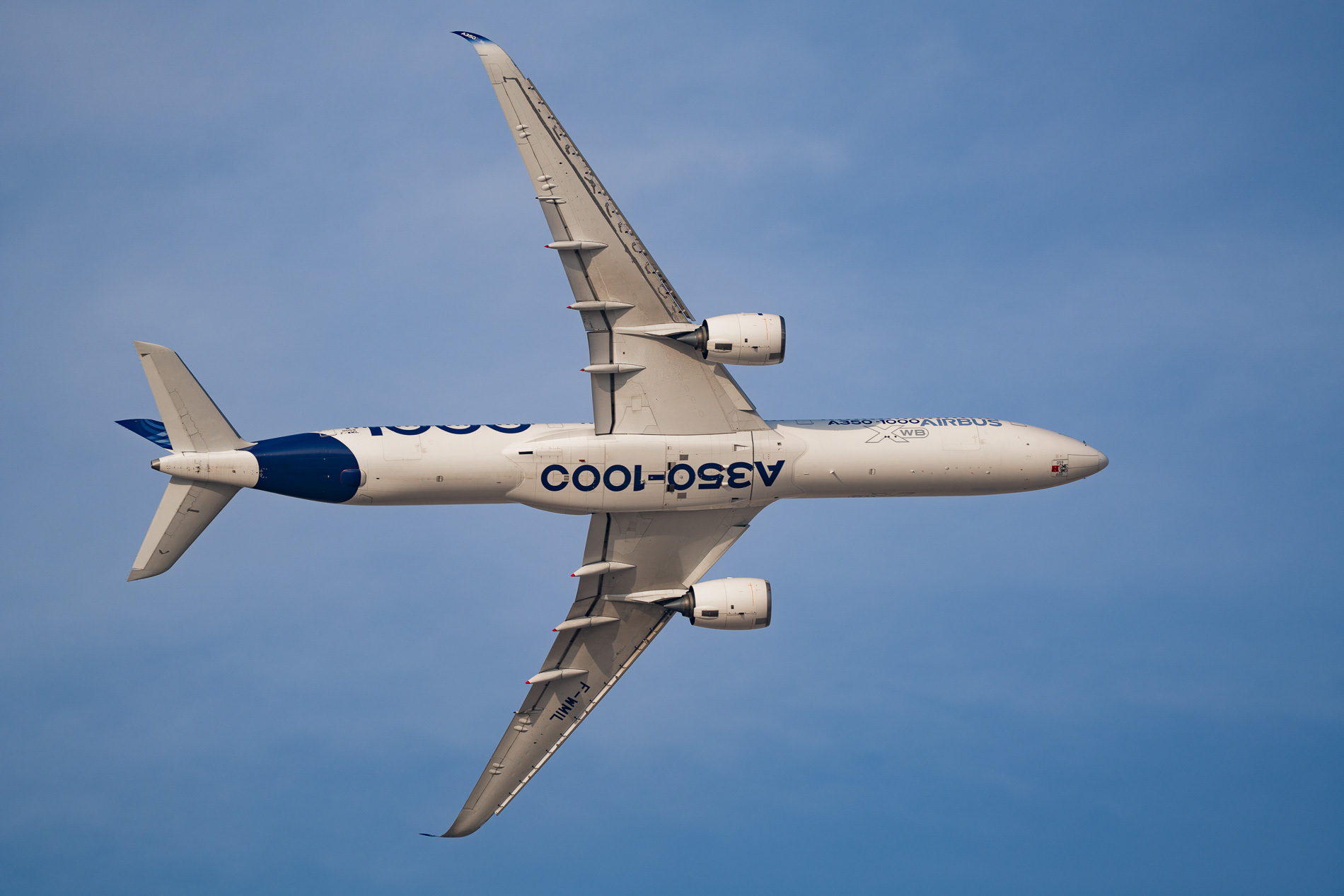DUBAI — On the Sunday ahead of the 2025 edition of the Dubai Airshow, Airbus held a media briefing in Dubai.
Hosted by Gabriel Semelas, President of Airbus in Africa and the Middle East, the OEM provided the media audience with the latest figures and predictions for the Middle East and Africa market.
Airbus counts over 3,300 employees from the three divisions: Defense and Space, and Commercial Aircraft, in a region that has always historically favoured a larger-than-usual percentage of widebodies.
Airbus’s client portfolio includes 39 commercial aircraft customers, with over 850 units flying in the area. In particular, the UAE has major Airbus operators such as Etihad (EY), Emirates (EK), and Air Arabia (G9).
Airbus’s MEA Forecast
The OEM anticipates demand for 4,080 new aircraft to be delivered in the MEA region between 2024 and 2044, supporting over 250,000 new jobs. The projected cumulative fleet is forecasted at 3,700 units by 2044, with widebodies accounting for 42% of the total. The number is particularly high compared to other parts of the world, where the widebody-to-narrowbody ratio is typically 20/80.
MEA’s impact on global routes is set to grow over the next 20 years, with the region's share of available seat-kilometres (ASK) increasing. From 2004 to 2024, the worldwide aviation capacity (ASK) has more than doubled.
Markets like those in the UAE, Qatar, and Saudi Arabia have gained importance, often surpassing those of well-established economies in Europe and North America. Higher GDP per capita, changing demographics, more affordable flights, and higher yields per aircraft drove the region’s aviation revolution.
In most parts of the world, the split is 80% for single-aisle aircraft and 20% for widebody aircraft. But here in the region, it's 60% single-aisle, 40% widebody. The 4,080 aircraft deliveries are split into 2,318 typical single-aisle-sized aircraft and 1,762 widebodies.
Stay tuned to Airways for exclusive coverage from our team on the grounds at the Dubai Airshow 2025 #DAS2025.



.webp)
